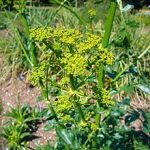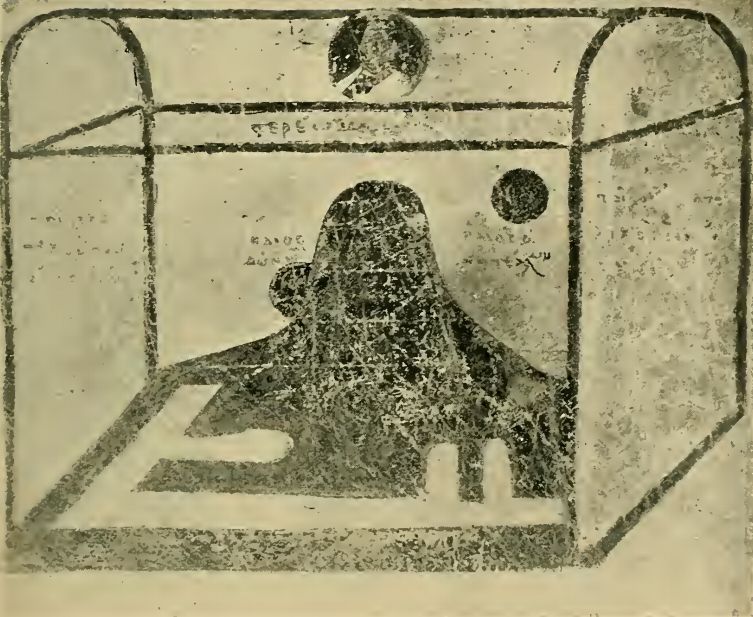 Opoponax refers to a kind of gum resin (natural substance that is a mixture of water-soluble gum and alcohol-soluble resin) obtained from a plant called πάνακες (Panaces, Panakes, Panax or Panacea), traditionally considered to have medicinal properties. Pliny (Historia Naturalis) and Dioscorides (De Materia Medica) described various kinds of Panaces with uncertain identifications. However, according to Dioscorides, opopanax was obtained from a kind of Panaces named πάνακες Ἡράκλειον (Panaces Heracleum, Panaces Heraclion or Panakes Herakleion), which has been identified as Opopanax chironium, Opopanax hispidus and species of Heracleum. In recent times, the commercial opopanax is actually bisabol or hadi obtained from Commiphora guidottii, and it is mainly used in perfumery. The resin of C. kataf (synonym: C. erythraea), known as hagar, is often sold as opopanax as well, though its scent is very different from that of hadi. The confusion between hadi and hagar is attributable to historical misidentification. The name opopanax derives from Anglo-Norman opopanac, from Latin opopanax, from Hellenistic Greek ὀποπάναξ, from Ancient Greek ὀπός “vegetable juice” + πάναξ “panacea” (all healing). Panacea (Gk. πανάκεια) denotes a kind of savory, named for Panakeia, a daughter of Aesculapius.
Opoponax refers to a kind of gum resin (natural substance that is a mixture of water-soluble gum and alcohol-soluble resin) obtained from a plant called πάνακες (Panaces, Panakes, Panax or Panacea), traditionally considered to have medicinal properties. Pliny (Historia Naturalis) and Dioscorides (De Materia Medica) described various kinds of Panaces with uncertain identifications. However, according to Dioscorides, opopanax was obtained from a kind of Panaces named πάνακες Ἡράκλειον (Panaces Heracleum, Panaces Heraclion or Panakes Herakleion), which has been identified as Opopanax chironium, Opopanax hispidus and species of Heracleum. In recent times, the commercial opopanax is actually bisabol or hadi obtained from Commiphora guidottii, and it is mainly used in perfumery. The resin of C. kataf (synonym: C. erythraea), known as hagar, is often sold as opopanax as well, though its scent is very different from that of hadi. The confusion between hadi and hagar is attributable to historical misidentification. The name opopanax derives from Anglo-Norman opopanac, from Latin opopanax, from Hellenistic Greek ὀποπάναξ, from Ancient Greek ὀπός “vegetable juice” + πάναξ “panacea” (all healing). Panacea (Gk. πανάκεια) denotes a kind of savory, named for Panakeia, a daughter of Aesculapius.
from Wikipedia


 Deutsch
Deutsch